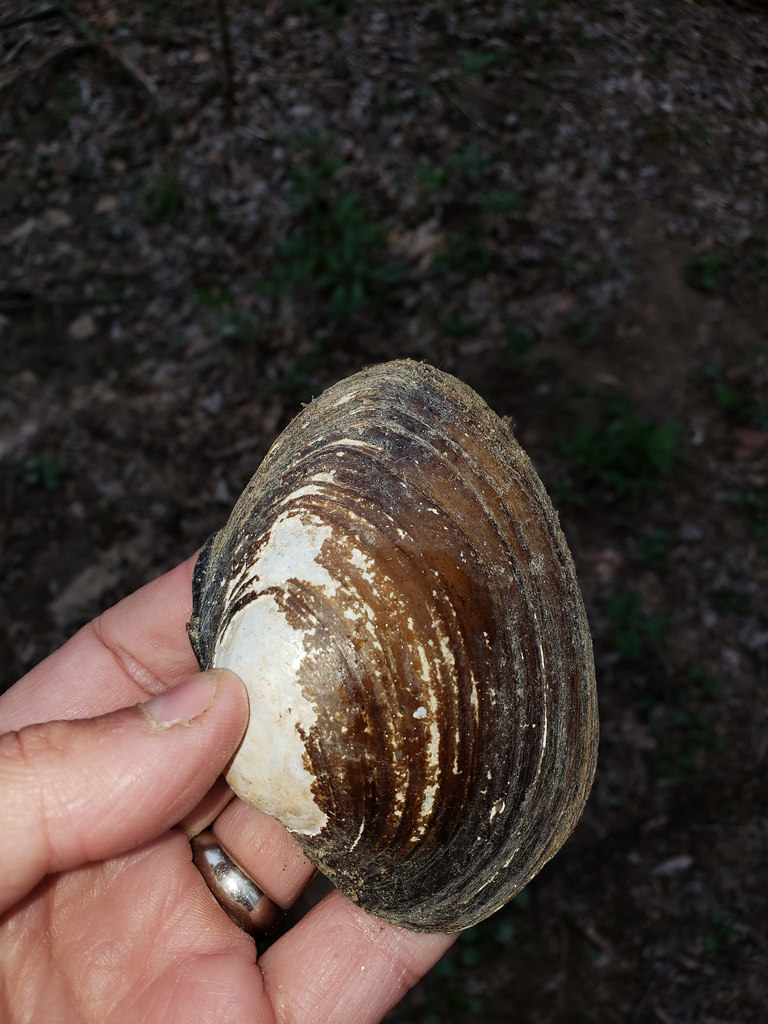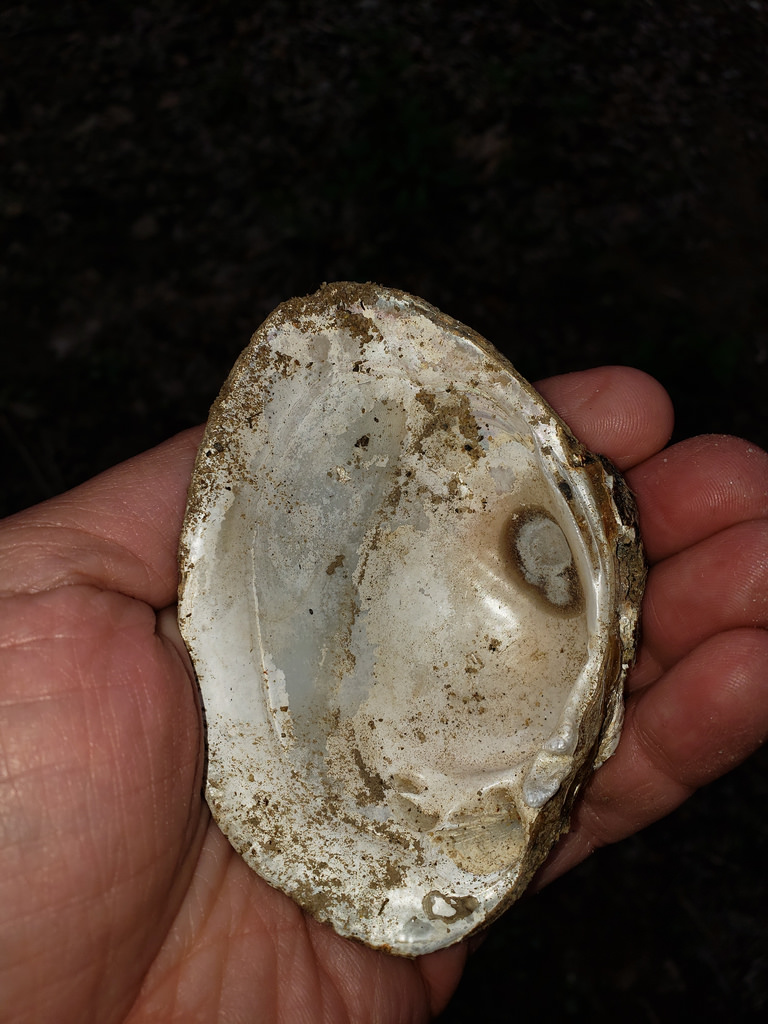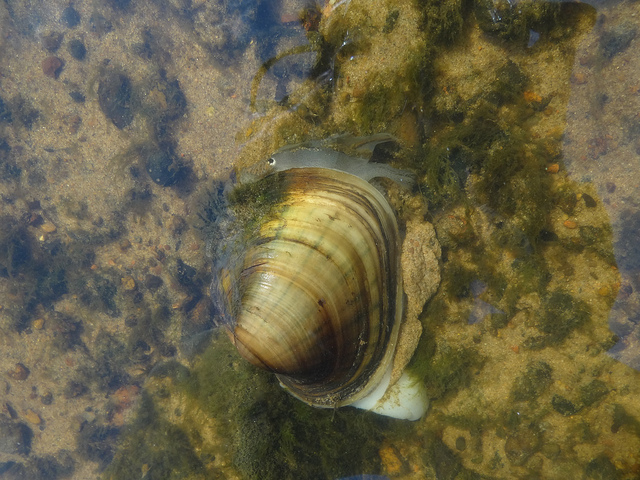Map Snapshot



5 Records
Seasonality Snapshot
Use of media featured on Maryland Biodiversity Project is only permitted with express permission of the photographer.
Plain Pocketbook in Washington Co., Maryland (4/15/2018). Determined by Matt Ashton.
View Record Details
Media by
Bill Hubick.
Plain Pocketbook in Washington Co., Maryland (4/15/2018). Determined by Matt Ashton.
View Record Details
Media by
Bill Hubick.
A Plain Pocketbook in Sauk Co., Wisconsin (5/20/2012).
Media by
Corey Raimond.
Plain Pocketbooks in Sauk Co., Wisconsin (5/19/2012).
Media by
Corey Raimond.
Source: Wikipedia
| Lampsilis cardium | |
|---|---|

| |
| Scientific classification | |
| Domain: | Eukaryota |
| Kingdom: | Animalia |
| Phylum: | Mollusca |
| Class: | Bivalvia |
| Order: | Unionida |
| Family: | Unionidae |
| Genus: | Lampsilis |
| Species: | L. cardium
|
| Binomial name | |
| Lampsilis cardium Rafinesque, 1820
| |
Lampsilis cardium is a species of freshwater mussel in the family Unionidae, the river mussels. It is known commonly as the plain pocketbook.[2] It is widespread in eastern North America, where it is native to the Mississippi River and Great Lakes drainage systems.
Reproduction
[edit]All Unionidae are known to use the gills, fins, or skin of a host fish for nutrients during the larval glochidia stage. Lampsilis cardium accomplishes this by having the inner sides of its mantle flaps marked with longitudinal stripes, resembling a small fish of the genus Notropis. When these are attacked and ruptured by a striking predator fish, especially Micropterus coosae, the mussel larva is released into the gills of the host fish where it feeds and develops.[2][3]
References
[edit]- ^ Bogan, A.E.; Seddon, M.B.; Woolnough, D. (2017). "Lampsilis cardium". IUCN Red List of Threatened Species. 2017: e.T11253A62905411. doi:10.2305/IUCN.UK.2017-3.RLTS.T11253A62905411.en. Retrieved 17 November 2021.
- ^ a b Plain pocketbook, Lampsilis cardium. Unio Gallery. Missouri State University.
- ^ Haag, Wendell R.; Warren Jr., Melvin L. (1999). "Mantle displays of freshwater mussels elicit attacks from fish". Freshwater Biology. 42: 35–40. doi:10.1046/j.1365-2427.1999.00454.x.




